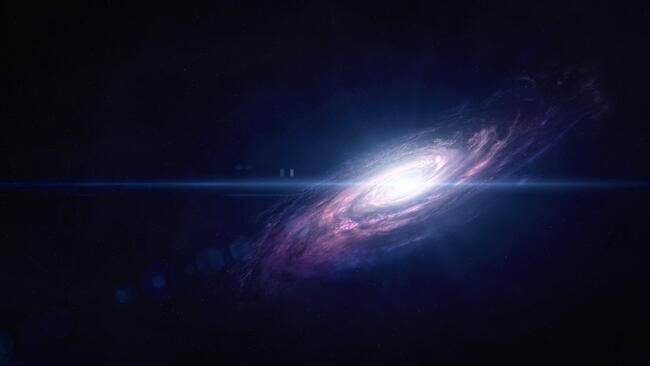Sister planet. Nearest neighbor. Goddess of love. How appealing the planet Venus sounds! But the strange cloudy world is actually a land of paradox and horror. Discover 10 weird facts about planet Venus, the hottest planet in our solar system!
10 Cool Facts About Hot Venus
Take the time to learn some ten cool Venus facts about our very, very hot neighboring planet!
- Venus is Earth’s closest neighbor in the solar system! She’s the second planet from the Sun and is sometimes called our “sister planet” since its diameter and density are nearly the same as ours.
- Venus is the brightest object in the sky after the Sun and the Moon. Because the planet looks like a bright star in the morning or evening sky, it’s often called the “morning star” or “evening star.”
- Venus’s day is longer than its year. Venus spins on its axis in 243 Earth days but orbits the Sun in 224 Earth days.
- Venus’ creamy-white brilliance comes from sunlight bouncing off shiny clouds of sulfuric acid. Because of this, Venus is deceivingly reflective as a mirror; fully 76 percent of the sunlight gets bounced away from the shiniest planet in our solar system. Beneath the clouds of concentrated acid droplets, Venus is eternally overcast.
- Venus’s brilliance is dazzling enough to cast shadows when seen from a dark place. Wait until the new Moon phase, when there will be no Moon to compete.
- We have learned that Venus’s surface is covered with craters, volcanoes, mountains, and big lava plains.
- Venus’s surface temperature never budges from about 850°F, day and night! Venus manages to have a hotter surface than even Mercury, which is the nearest planet to the Sun.
- The air is 96% carbon dioxide, trapping the sun’s heat like a blanket. This was the original ‘greenhouse effect’ model long before that phrase’s current popularity.
- Venus’s atmosphere provides no oxygen whatsoever.
- The air is suffocatingly dense and would crush you. The planet’s air pressure remains stuck at 90 Earth pressure, making it the most efficient pressure cooker in this neck of the galaxy. This compressed air distorts everything into fun-house mirror images.
Venus, an Ancient Calendar
What’s fun about Venus is that it reliably passes Earth approximately every 19 months, making it an old friend for those who like to keep an eye on it.
It makes sense that many ancient cultures, such as the Mayans, revolved their lives and created their calendars around that one planet.
The Mayans were well aware that Venus starts emerging in the western sky every 19-½ months. But since that interval does not match Earth’s 12-month solar calendar, its first emergence happens during various months, which alters its appearance depending on whether its orbit at that time of year slants low and leftward from the sunset point or, instead, angles more vertically up from the western horizon.
The Mayans knew all this! They also knew that wonderful Venus displays repeat at eight-year intervals. (For example, a favorable Venus display in February of 2024 will match the glorious maximum seen in 2017.)
What the Mayans did not know was that this happens because Venus performs 13 circuits of the Sun in the same time, plus or minus a few days, as Earth circles the Sun in eight years. So a Sun, Earth, and Venus configuration repeats every 8 years.
Planet or UFO?
Did you know that Venus alone accounts for more than half of all UFO reports? And they don’t all come from dimwits. My two favorite Venus stories:
- Jimmy Carter, while Governor of Georgia, phoned the state police to report a UFO that proved to be Venus!
- And a squadron of allied bombers returning from a mission over Japan in World War 2 saw a brilliant light that appeared to keep pace with them. Firing their guns, they attempted, without success, to blow up the Evening Star. At our Overlook Observatory phone and during public radio call-in shows, when someone begins a sentence with “I’ve been seeing a star….” I obnoxiously interrupt them with: “Venus!”
Of course, no human being is likely to go to Venus. Ever. It’s touching that we named the most luminous “star” after the love goddess. She’ll melt you. Crush you. And she’s stinky. For all eternity, our nearest planet—that dazzling beacon in the western sky—will tantalize with a warning label: Look but don’t touch.












Comments